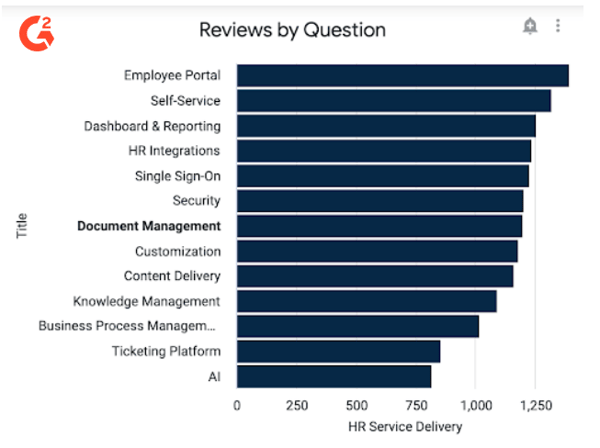The efforts from companies to create a more accessible HR tech stack were underscored by Oracle’s recent release of Oracle ME, their new employee experience software.
ME customizes workflows, organizes onboarding tasks, and facilitates communication between employees and managers. It joins Oracle Workforce Management, Oracle Talent Management, Oracle Global Human Services Cloud, and other such software in the Oracle Fusion Cloud Human Capital Management (HCM) suite.
As employee experience software, sometimes abbreviated EX, EE, or EXP, grows more popular, it makes sense a big player like Oracle would decide to join the fray.
Oracle ME joins Microsoft Viva in the employee experience software market
Employee experience software streamlines HR software processes such as searching for company documentation and policy in disparate locations. It’s often driven by usability, helping employees navigate the HR tech stack more easily from onboarding to benefits administration to engagement to offboarding.
Oracle ME is not the first of its kind. A year prior, Microsoft announced its employee experience platform, Viva. The platform hasn’t lain dormant either. Most recently, it's added “Goals,” an objectives and key results (OKR) module designed to help organizations set better expectations for employees.
Oracle ME comes with the following modules:
- Oracle Touchpoints: This module establishes communication and continuous feedback. Managers can analyze feedback and employee sentiments through pulse surveys. It also comes with recommendations to schedule check-ins, 1:1s, and other meetings.
- Oracle HCM Communicate: HCM Communicate manages communication and measures the impact and engagement by analyzing the open rate of messages.
- Oracle Journeys: This module walks employees through onboarding, returning to work post-pandemic, opening new locations, and more. This also includes necessary workflow tasks.
- Oracle Connections: With Connections, workers can share information, sometimes imported from Linkedin, and connect with each other, much like a company directory.
- Oracle HR Help Desk: This module helps users submit and track support cases.
- Oracle Digital Assistant: This is an HR chatbot that answers simple questions and routes users to the right resources.
The employee experience in HR software
Though employee experience software is relatively new, the ideas behind it are not. Organizations are rushing to address high turnover rates. Perhaps that’s why employee engagement software has an adoption rate of 70% among G2 reviewers as of June 2022.
Companies are prioritizing employee experience, which becomes evident in HR service delivery software, essential for providing services and interacting with employees. The top two questions G2 reviewers respond to most frequently relate to employee portal and self-service features, reflecting buyers’ desire for a user interface that lets them find answers efficiently.


Keeping an eye on the future of HR
So, what does all of this mean for the future of HR? Simply put, administrators, employees, and HR leaders alike are frustrated navigating complicated tech stacks.
HR analyst Josh Bersin, suggests it’s no longer possible or even preferable to try to find one magic solution to HR needs in this article.
“While the large HCM vendors have great systems, HR teams are always searching for the “next big thing” in AI-driven recruitment, career management, learning, wellbeing, or pay. We need an architecture that facilitates and supports this level of innovation, without constantly interrupting employees with “another tool to use.”
Specialized tools for employee engagement, onboarding, benefits management, or other core HR functions aren’t going anywhere. Instead, this shift signals it’s time to concentrate more on the user’s journeys and give them a guide so they don’t get lost.
As employee experience platforms grow in popularity, it’s important to keep an eye on products like Oracle ME and Microsoft Viva. One thing’s for sure, the focus on user experience is here to stay.
Edited by Sinchana Mistry


 by Grace Savides
by Grace Savides
 by Grace Savides
by Grace Savides
 by Grace Savides
by Grace Savides